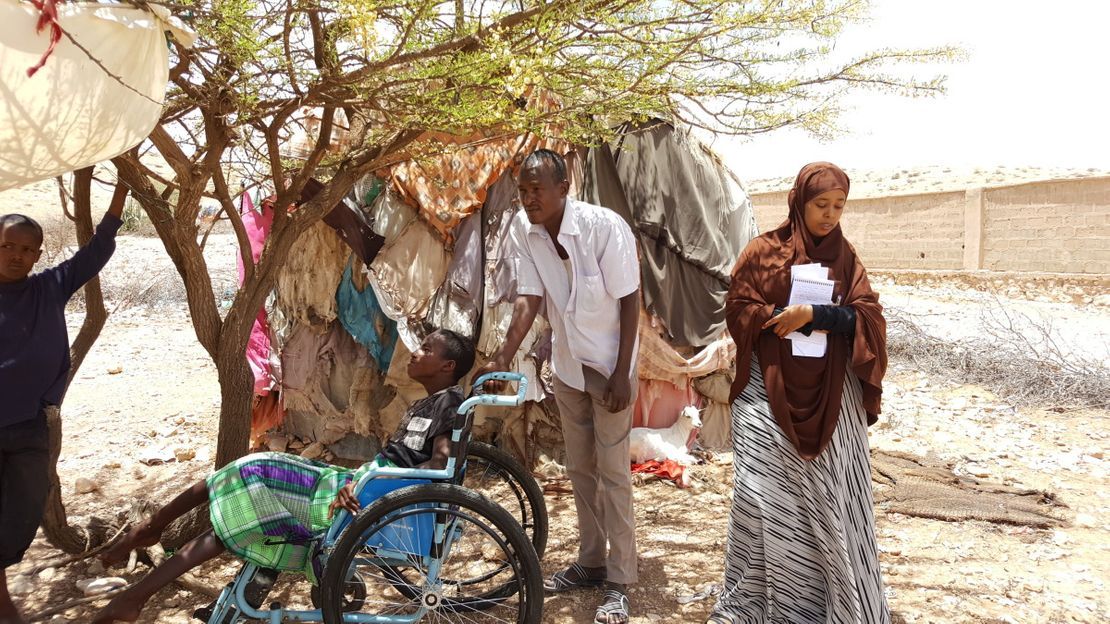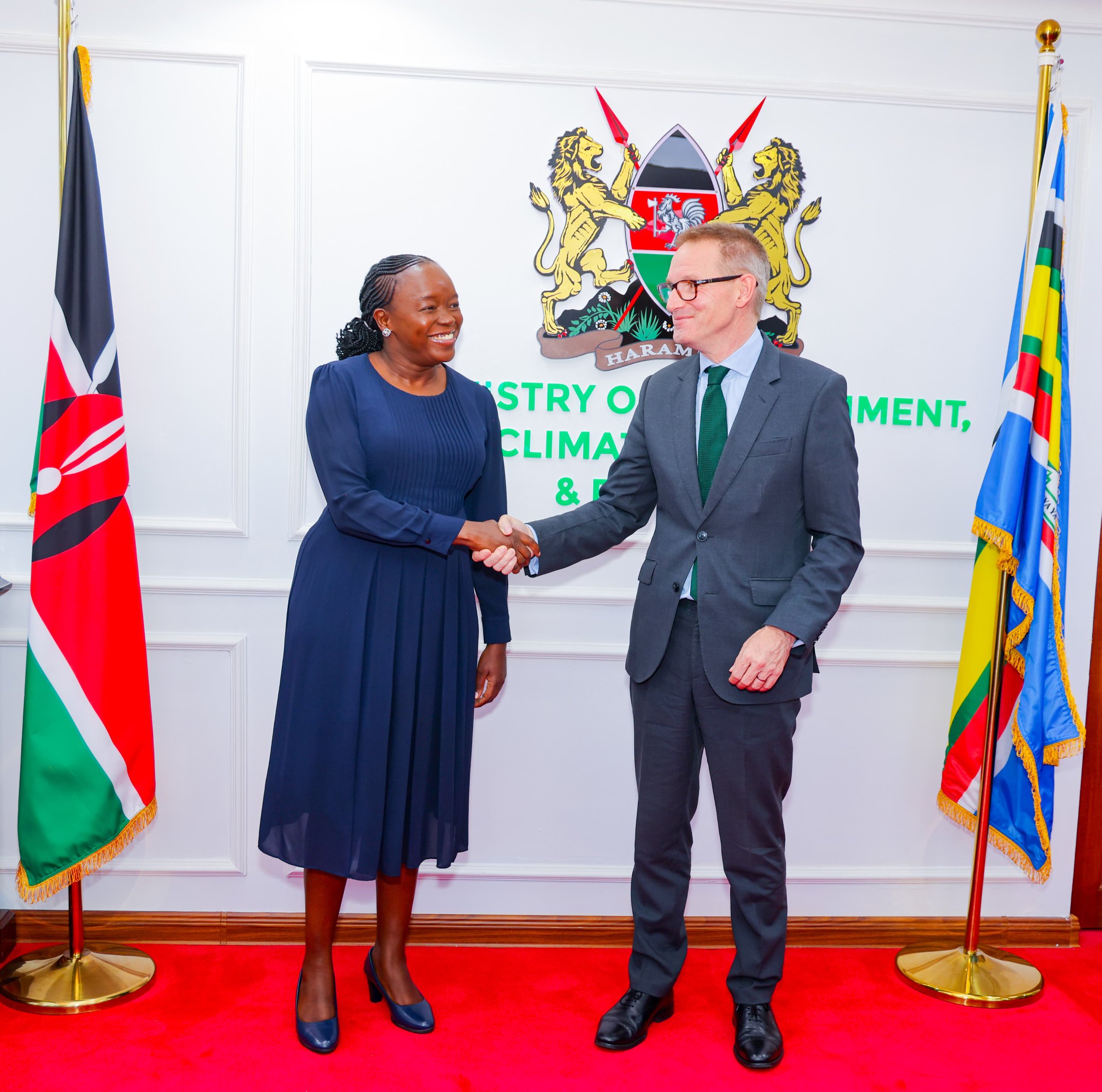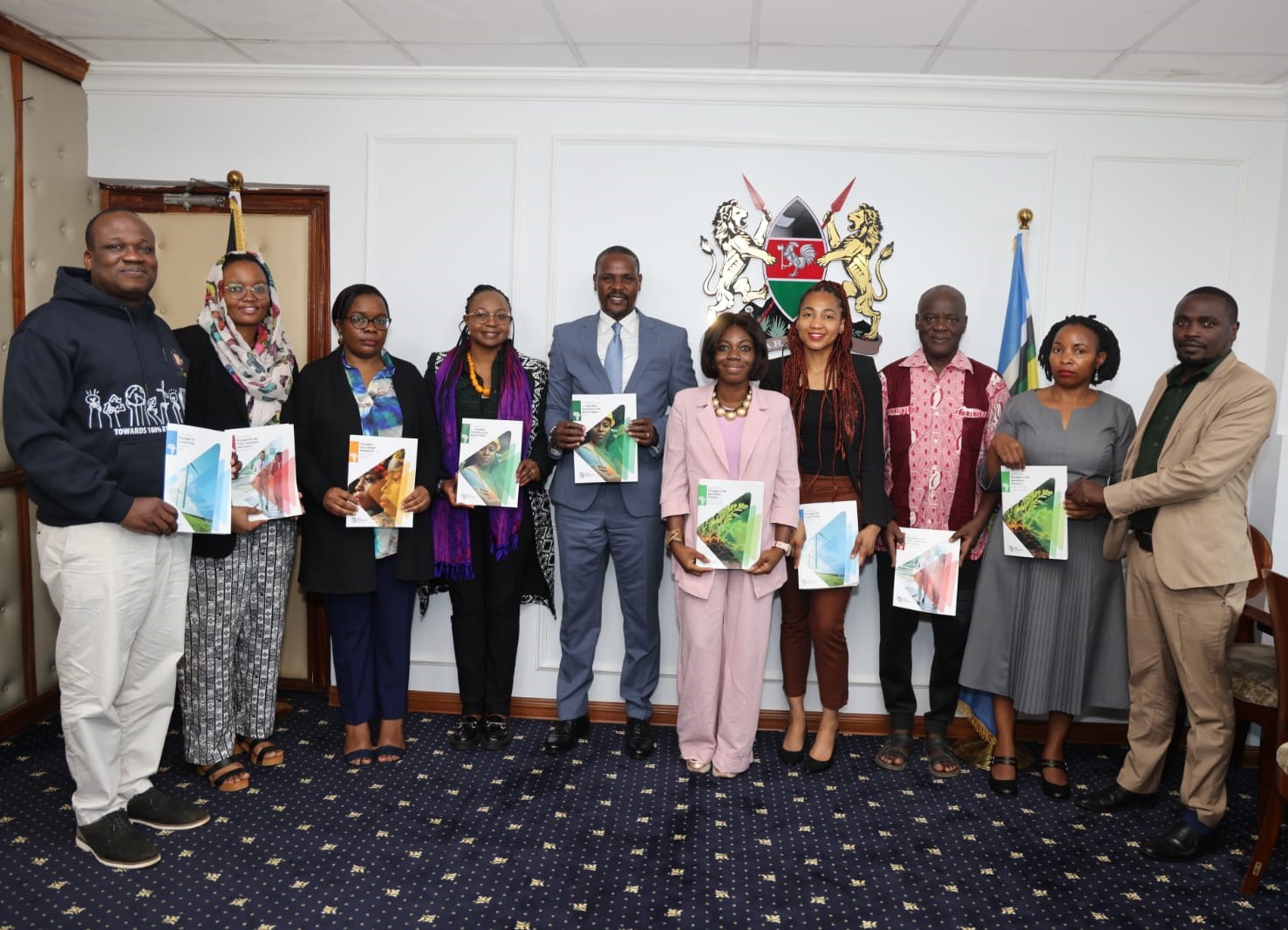- Through sustainable development initiatives, SNV and its partners have facilitated the construction of protected springs and the rehabilitation of water towers across the Nakuru, Kericho, and Bomet regions.
As climate change increasingly threatens natural ecosystems and water sources, the call for urgent conservation and restoration of Kenya’s water towers grows louder. These vital ecosystems, including the Southern Mau Forest Complex, provide water to millions of Kenyans and nourish some of East Africa’s major rivers.
Environmentalists, local leaders, and development partners are now uniting to safeguard these natural assets, not only for ecological health but also to enhance community livelihoods.
A key player in this effort is SNV Netherlands Development Organisation, which collaborates with community groups, government agencies, and other stakeholders to protect and conserve water sources.

Read More
Through sustainable development initiatives, SNV and its partners have facilitated the construction of protected springs and the rehabilitation of water towers across the Nakuru, Kericho, and Bomet regions.
“In areas like Kuresoi South and North Sub Counties, communities now access clean, safe, and reliable water from springs that were once neglected or prone to contamination,” said Judy Muriu, an SNV water program officer.
“These projects are designed for longevity—rooted in local ownership, environmental awareness, and a focus on long-term sustainability for conservation,” she added.
The protected springs have transformed rural households, benefiting over six hundred families. Farmers, particularly women and youth, report improved access to water for domestic use and irrigation, which boosts food production and household incomes.
Beyond spring protection, SNV has been pivotal in training communities on water conservation, tree planting, and land restoration—essential components of protecting water towers.
In collaboration with partners such as the Kenya Tea Development Agency (KTDA) and the Kenya Water Towers Agency, SNV supports afforestation drives, particularly in degraded forest areas around the Mau ecosystem.
Local residents like Julius Chesimet, a community village manager from the Tiriptim Springs project in Kuresoi South Sub-County, have witnessed the benefits firsthand.
“Before, we walked long distances to fetch water. Now, thanks to SNV and our partners, we have clean water nearby. We are also learning to manage and conserve our forests better,” he said.

Lillian Rotich, a mother of four and beneficiary of the Tiriptim Springs Project, shared her experience: “Previously, we walked over two hours for dirty water from the river, risking our children’s health and wasting precious time. Now, we have clean water just steps from our homes. Women like me can focus on farming, caring for our families, and even running small businesses. This spring has truly changed our lives.”
The success of these programs relies on community participation and local leadership. With increased awareness of the value of forests and springs, residents are more committed to protecting their environment and securing a sustainable future.
However, environmental experts warn that more action is needed. Illegal logging, charcoal burning, and land encroachment continue to threaten Kenya’s water towers.
Conservationists are urging stricter enforcement of environmental laws, increased funding, and sustained collaboration among government entities, NGOs, and local communities.
As Kenya faces unpredictable rainfall patterns, prolonged droughts, and dwindling water resources, one message is becoming increasingly clear: preserving and conserving water towers is essential.
With ongoing investment and community ownership, organizations like SNV demonstrate that environmental conservation and improved livelihoods can coexist harmoniously.


-1749035918.jpg)



